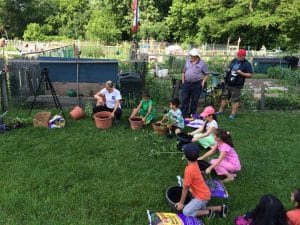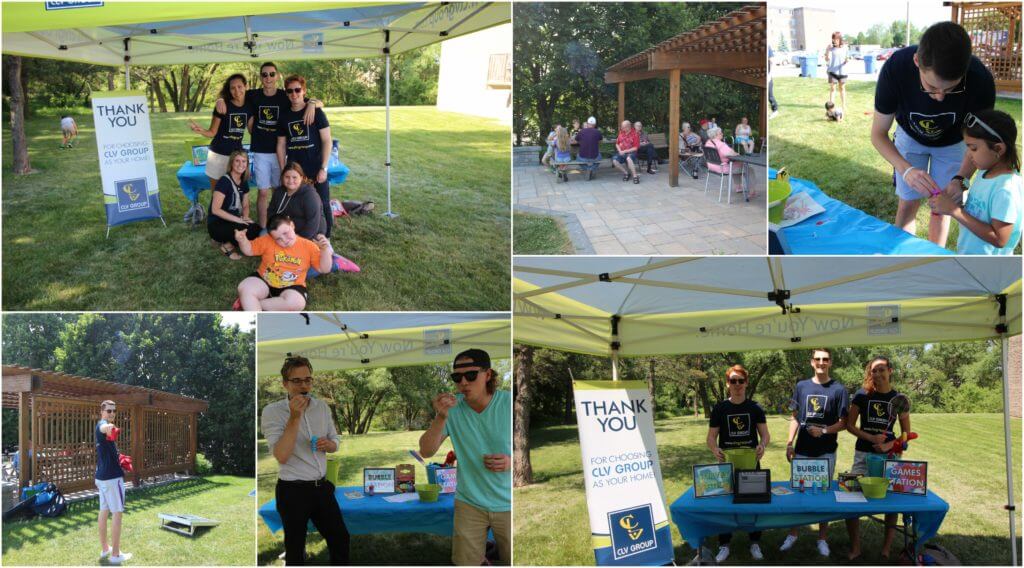
As published in the London Free Press on July 15, 2016

“Urban agriculture” is a term that even those who had heard of it have little understanding of what it implies. People and organizations behind the recently unveiled Middlesex-London Community Food Assessment hope to change that.
The document itself refers to one of the key goals of this city’s London Plan. Along with proposing “a sustainable food system that contributes to the economics, ecological, and social well-being of our city and region,” the plan also commits to “alternative ways that Londoners grow, process, and sell food within the city” and “opportunities for urban food production on private and public lands.”
OK, so urban agriculture is on the books, but is it on our agenda for action? That will depend on Londoners and their desire to press for a more modernized city that centres on local initiatives.
Urban agriculture is in the vanguard of many municipalities around the world characterized by a locally grown and agrarian movement — something that wasn’t merely designed by someone but built by and lobbied for through citizen engagement.
Sad to say, despite its popularity and necessity elsewhere, urban agriculture is rarely discussed by local political or business leadership here. Even at the national level, where many of us have pressed for a national food program for years, Canada remains one of the few countries in the world that has no such system.
For London, that’s just not good enough anymore. It’s in our draft official plan and covered in our local media, but despite some stellar leadership by citizens and organizations in our city, it’s not yet in our growing or buying patterns.
We are failing where other communities not only are succeeding, but also have enjoyed great economic returns by promoting local growing methods within their civic boundaries.
This is about citizens voluntarily using whatever space is available within our municipality to plant fruit trees, open organic plots and community gardens, and build up an impressive workforce of local volunteers who are determined to help London rise from its current state of food insecurity.
This isn’t about food for the poor, but healthy choices for everyone, grown and disbursed through a myriad of local networks with credible track records in mobilizing their communities through their understanding of nutrition.
It’s possible at any time, but especially in this particular moment, to instigate and organize around urban food gathering initiatives, such as:
- Community gardens: These are small initiatives but are really catching on elsewhere. They begin at the citizen level and are tended by neighbours and friends. In other cities you’ll find them in public spaces, through agreements with authorities. How they are run is established by communities themselves and have proved highly effective at building a community spirit.
- Family gardens: Like farms from earlier eras, families work together to supply their own needs and those of others. Elsewhere, these have become thriving markets.
- Zoned gardens: Those who own larger swaths of land in and on the fringe of the city rent their acreage under a standard, lease agreement. In other communities, the city takes the lead on developing food networks and supplies through this model. Arable lands can even be temporarily zoned to allow for food production.
- Educational gardens: Schools, universities and colleges permit their open land to be used to demonstrate to students how food is planted, nurtured, grown, and disbursed. Leading edge educational institutions elsewhere have built such activities directly within their established curricula. Such urban farms are also open to neighbours and activists.
- Therapeutic gardens: Spend a bit of time at the rear of St. Joseph’s Hospice on Windermere Road and you sense immediately how patients are drawn to nature for comfort, reflection and preparation. Such gardens are usually situated around health centres and form part of the healing process.
To this list could be added guerrilla, rooftop and vertical gardens.
The initiatives and opportunities are extensive, but in London they remain virtually invisible because of the lack of proper leadership and funding at city and neighbourhood levels.
Should we acquire even the best in transportation or manufacturing services but remain food insecure in an era when cities are triumphing in finding ever new and creative ways of feeding their populations, then we will have failed ourselves at the most basic need of humanity — food.
The Middlesex-London Community Food Assessment has successfully compiled all these challenges, successes and opportunities in one place. Patience and diplomacy from food activists mixed with more attention and support from city leaders can establish a new way forward — a nutritious way — to a truly modern municipality and its surroundings.
Source: london food bank



